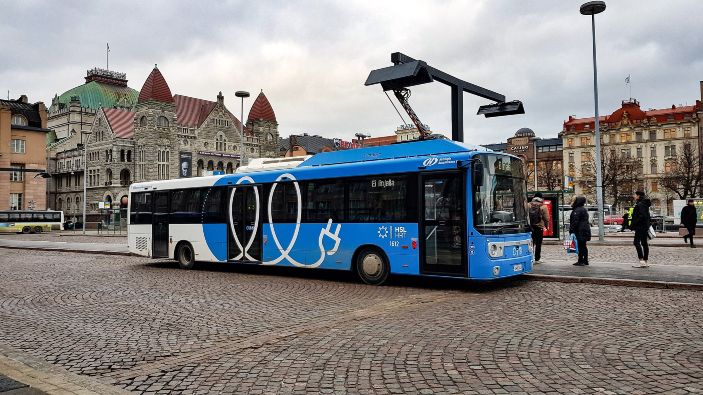A new study by Cubic Corporation’s Cubic Transportation Systems (CTS) business division reveals that most transportation leaders believe Mobility on Demand (MOD) and Mobility as a Service (MaaS) are the best solutions for resolving road congestion.
The study, 2021 MaaS Survey, features responses from 135 global transportation industry stakeholders, members of associations and alliances, agency executives, and mobility technology providers. More than half the respondents said MaaS or MOD solutions should be considered from a global perspective and that interoperability should be simplified to allow integration of different stakeholders and promote roaming for end users.
MaaS/MOD stakeholders also identified data sharing and privacy as the main challenge to MaaS deployment, with most just as concerned about deployment and operation costs.

“When we examine the key priorities facing cities and regions now, utilization of the public transport network is imperative,” says Andy Taylor, senior director of global strategy at CTS.” As cities and municipalities begin reopening after the pandemic, agencies are anticipating whether public transport usage will return to pre-pandemic levels. The truth is, for any intelligent MaaS/MOD solution to be effective, they must be built with public transport as the backbone.”
The concept of MOD was established several years ago. According to the US Department of Transportation, it is an innovative idea that regards transportation as a commodity where different modes have different values based on cost, journey time, wait time, number of connections, convenience, and other attributes.
The most progressive MOD transport services use a single user interface to provide trip planning and booking, real-time information, and fare payment, and enable access to passenger mobility, and goods and services, as needed. These include car sharing, bike sharing, ride sharing, transportation network companies (TNCs, also known as ride sourcing and ride hailing), scooter sharing, micro-transit, shuttle services, public transportation, and other emerging transportation solutions.
This differs from the emerging and European-centric concept of MaaS, which focuses on passenger mobility aggregation and services purchased by subscription that can be repackaged, resold, or brokered with suppliers. MaaS has been discussed in concept for at least six years, but the only city yet to fully implement the service is Helsinki, Finland.

Unsurprisingly, the majority (>55%) of respondents said that a public agency should be responsible for regulating and coordinating a MaaS/MOD service. The US transportation systems were built for rush hour, with more frequent transit scheduling and wide highways. This peak daily travel flattened during the pandemic due to working from home. If work from home continues at least a few days a week, rush hour could continue to stay flat. Therefore, creating better run on-demand services becomes essential to encourage lower car dependence and lower carbon emissions.
“The economic recovery from COVID-19 is contingent upon the rise of cities and cities taking back control of mobility networks in a holistic fashion,” says Taylor. “Providers want ways to reduce road congestion but also to incentivize ridership on transit networks by making them more integrated and convenient to use as needed.”
To read the full 2021 MaaS Survey report, click here.





